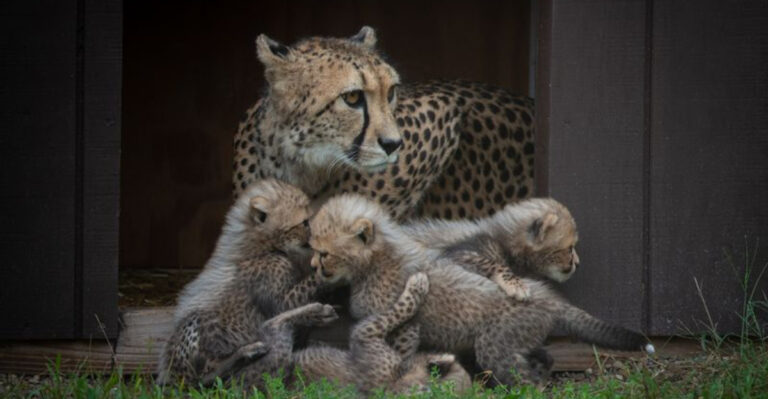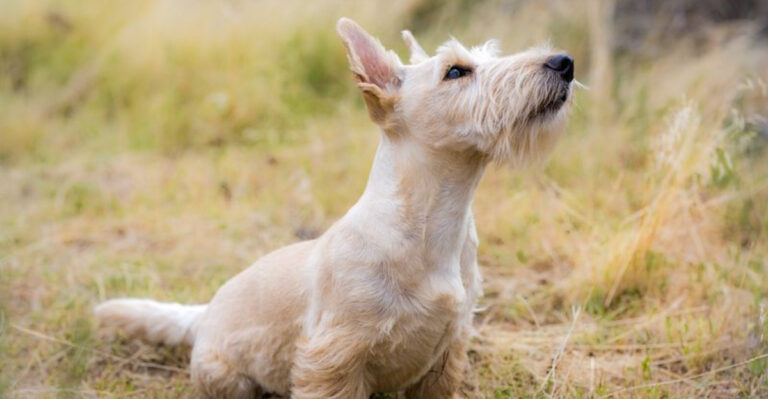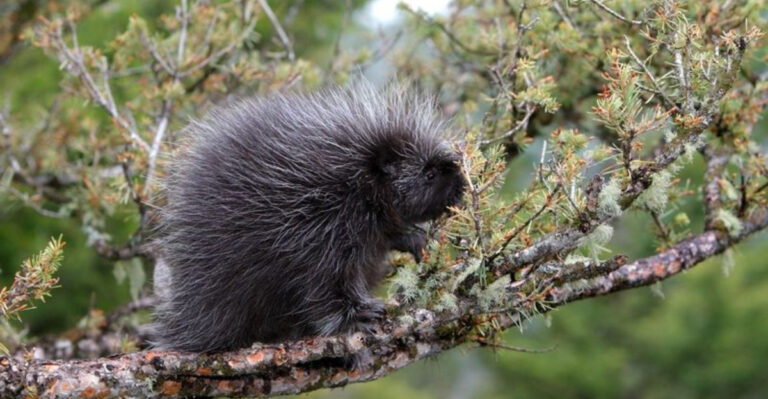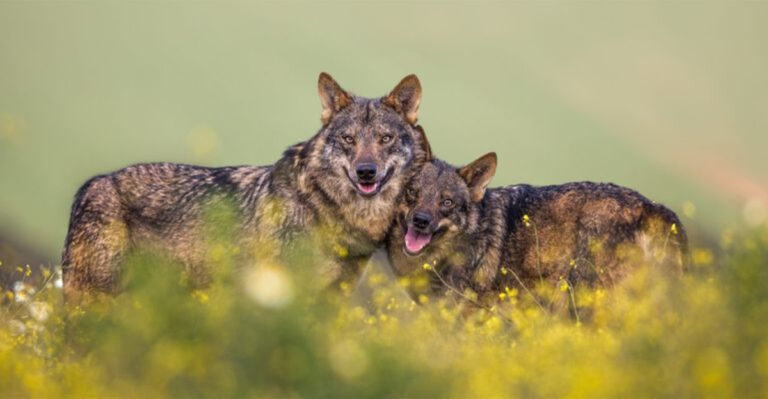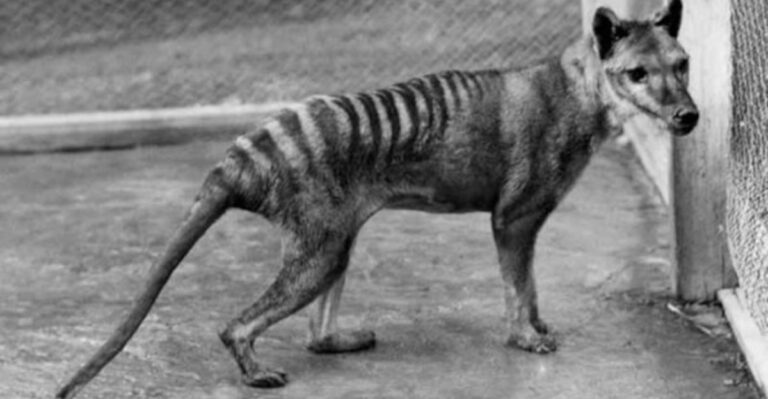The 10 Animals That Often Get Confused For Raccoons
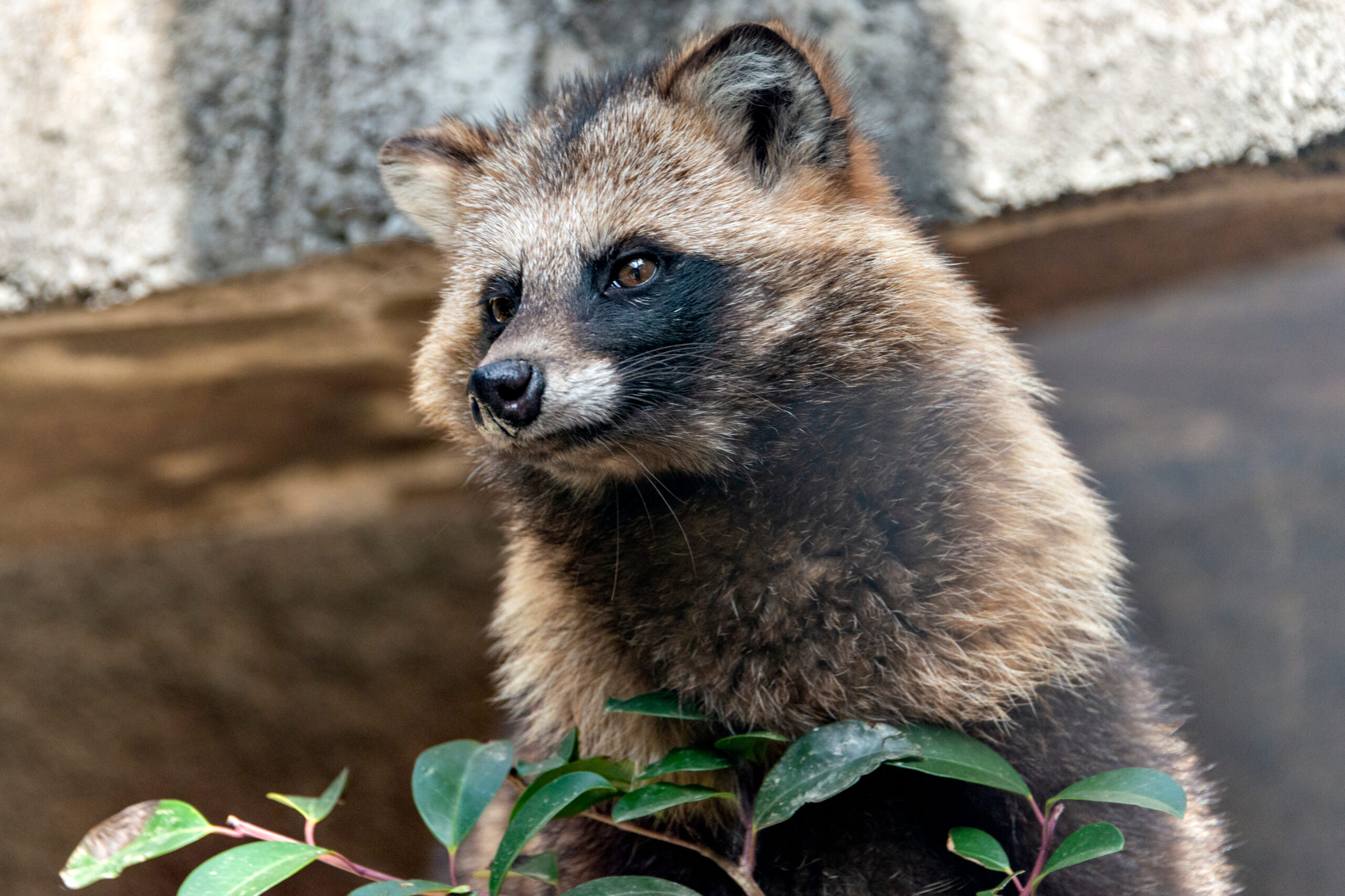
Raccoons, with their distinctive masked faces and ringed tails, are well-known creatures. However, there are several animals in the wild that closely resemble these nocturnal mammals, leading to frequent cases of mistaken identity.
From fellow mammals to more distant relatives, these animals share various features with raccoons that often cause confusion among nature enthusiasts and casual observers alike.
This list goes into animals that are often mistaken for raccoons, highlighting their unique characteristics and differences.
1. Coatimundi
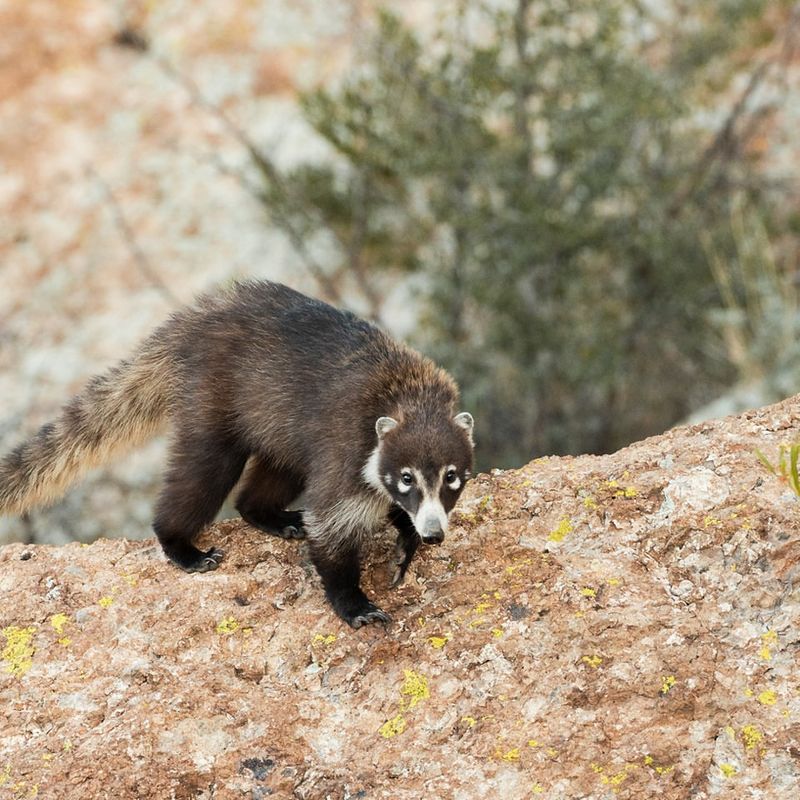
Often mistaken for raccoons, the coatimundi has a similar banded tail and dexterous front paws. Native to South and Central America, these animals are part of the raccoon family but have longer snouts, which they use to forage for insects and fruits.
Their sociable nature is a notable difference from the more solitary raccoon. Coatis are diurnal, preferring to roam during the day. Their playful antics are a common sight in the forests they inhabit. Despite their similarities to raccoons, coatis exhibit a different social structure, often seen traveling in bands.
This communal lifestyle, coupled with their vocal communication, sets them apart from raccoons. Their habitats often overlap, adding to the confusion, but their active hours and social behavior provide clear distinctions.
2. Ringtail
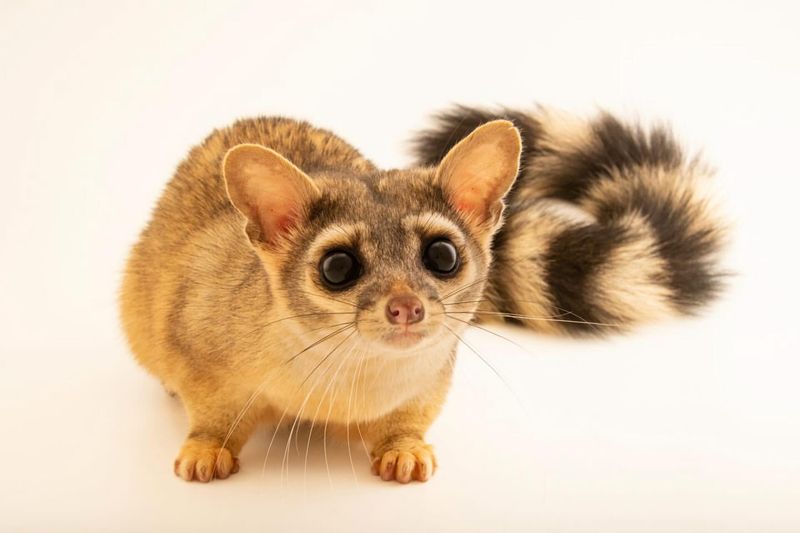
Ringtails, known as “miner’s cats,” are often confused for raccoons due to their bushy, ringed tails and agile nature. These small, nocturnal mammals are more cat-like, with slender bodies and large ears, inhabiting arid environments in North America.
Their nocturnal habits and preference for rocky terrains distinguish them from raccoons, who thrive in more varied environments. Ringtails are adept climbers, using their tails for balance. Unlike raccoons, they are solitary hunters, primarily feeding on small animals and insects.
Their elusive nature often leads to misconceptions, as they are not as frequently seen as raccoons. This reclusive behavior and their preferred habitat set them apart.
3. Red Panda
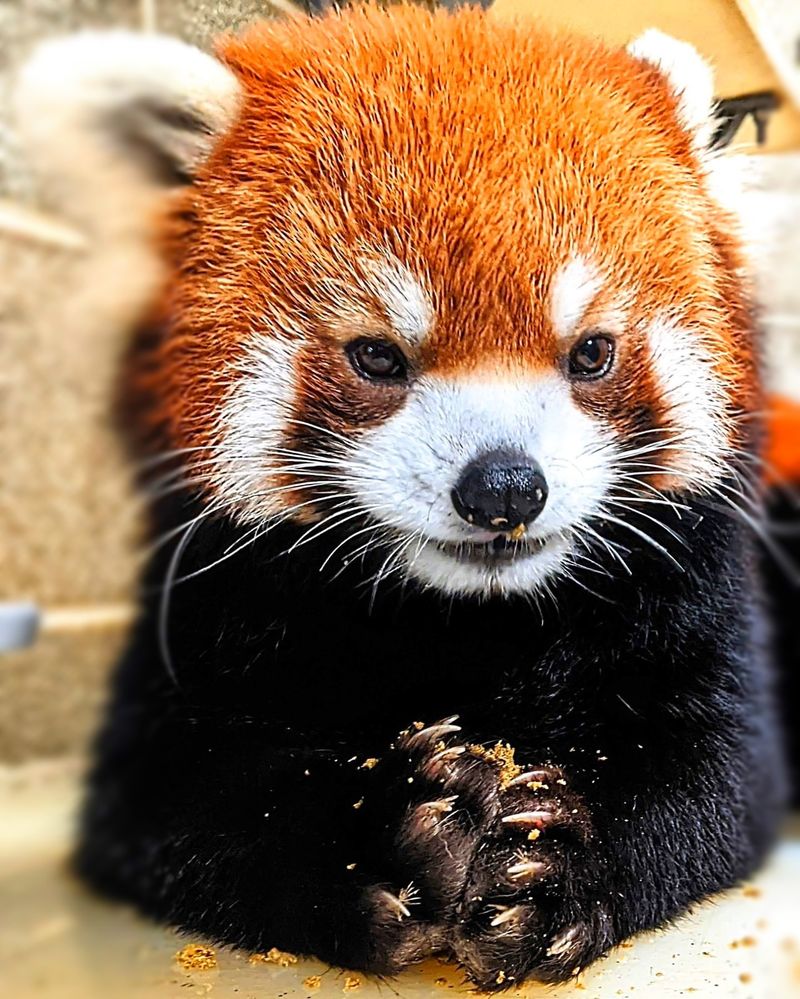
With their striking resemblance to raccoons, red pandas have often caused confusion. This resemblance is mostly due to their masked faces and bushy tails. Native to the Himalayas, these creatures are more closely related to weasels and skunks.
Red pandas are arboreal, spending much of their time in trees, unlike raccoons which are more terrestrial. They feed primarily on bamboo, unlike the omnivorous diet of raccoons. Their solitary and crepuscular lifestyle further differentiates them.
While often mistaken for raccoons, red pandas have a diet and habitat preferences that clearly set them apart from their North American look-alikes.
4. Kinkajou
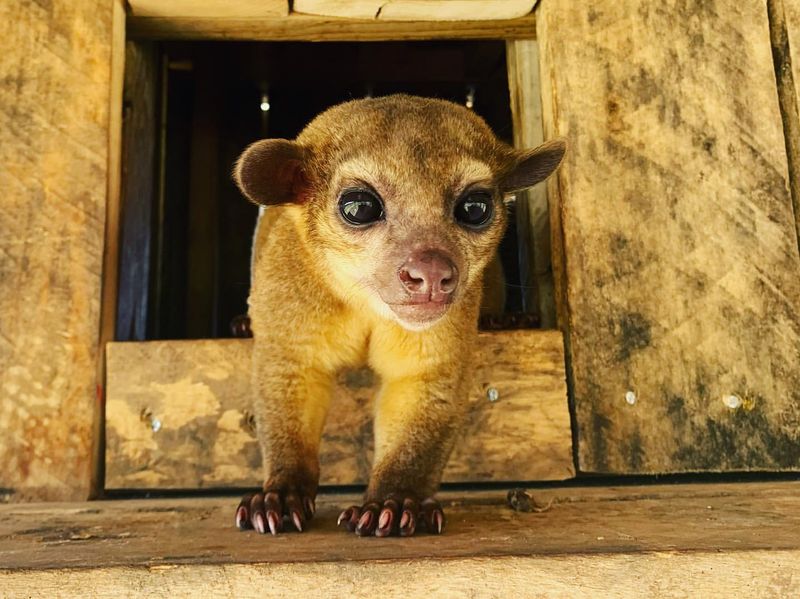
Found in Central and South American rainforests, their tails are a key feature that differentiates them. These “honey bears” are highly arboreal, unlike the more ground-dwelling raccoons. They primarily feed on fruits, nectar, and small animals, using their tails for support while navigating tree canopies.
Their large eyes are adapted for night vision, aiding their nocturnal lifestyle. Though they share a habitat with raccoons, kinkajous’ arboreal habits and tail usage make them distinct.
5. Olingo
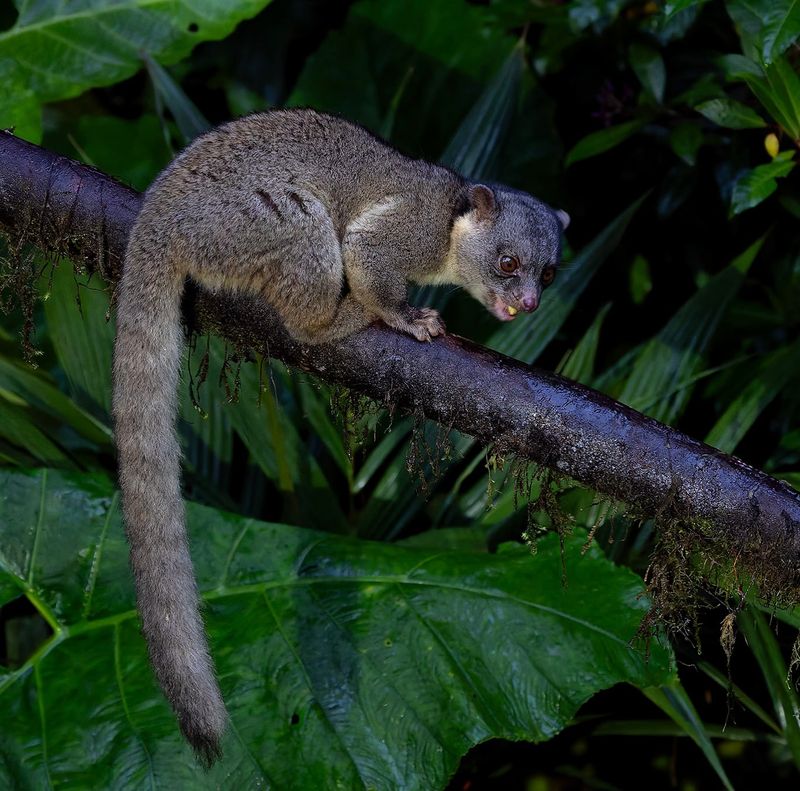
Olingos are frequently confused with their raccoon relatives due to their similar size and nocturnal nature. These slender mammals are native to Central and South American forests. Unlike raccoons, olingos are more adept in trees, using their tails for balance.
Their diet mainly consists of fruit, making them important seed dispersers in their ecosystems. While they share habitats with raccoons, olingos’ arboreal lifestyle and dietary preferences create clear distinctions. Their social structure is also different, as they tend to be more solitary than raccoons.
6. Cacomistle
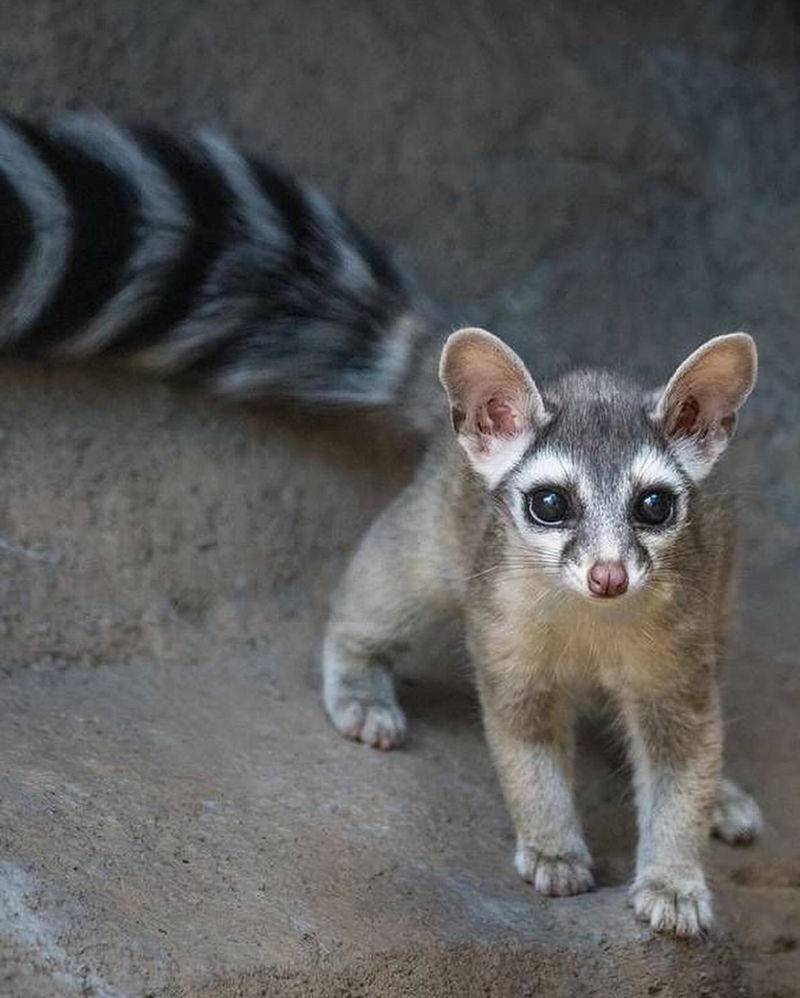
Sometimes referred to as ringtail cats, Cacomistles are often mistaken for raccoons due to their ringed tails and similar size. Found mainly in North America’s forests, these creatures are more closely related to raccoons than most other look-alikes.
Their nocturnal behavior and climbing skills add to the confusion. They are agile and can navigate tree branches with ease, often using their tails for balance. Cacomistles are solitary and carnivorous, feeding on small animals and insects.
Their elusive nature and preference for forested environments make them less visible, contributing to the frequent mix-up with raccoons.
7. Civet
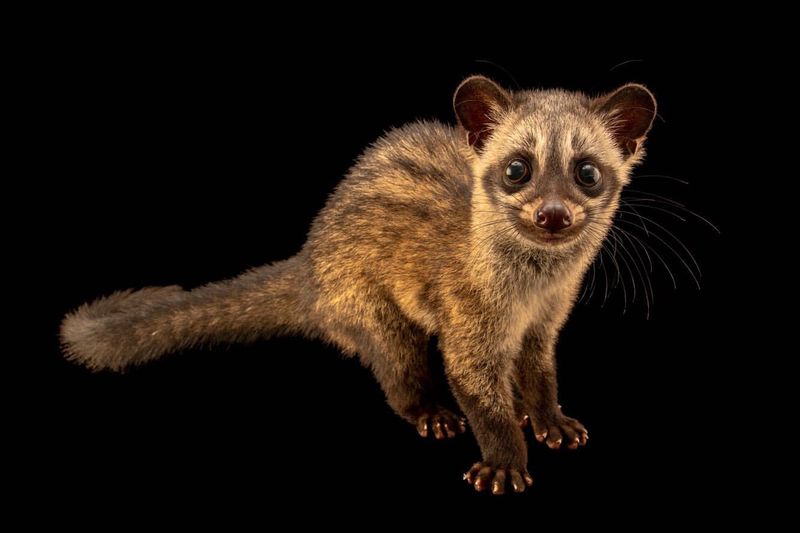
Native to tropical Asia and Africa, the nocturnal habits of Civets further add to this coon-fusion. These creatures are primarily solitary, often prowling the night for fruits and small prey. They share raccoons’ adaptability but thrive mainly in forested and dense vegetation.
Their unique scent glands, used to mark territory, are a distinguishing feature. While superficially similar to raccoons, civets’ fur patterns and scent-marking behavior clearly differentiate them.
8. Badger
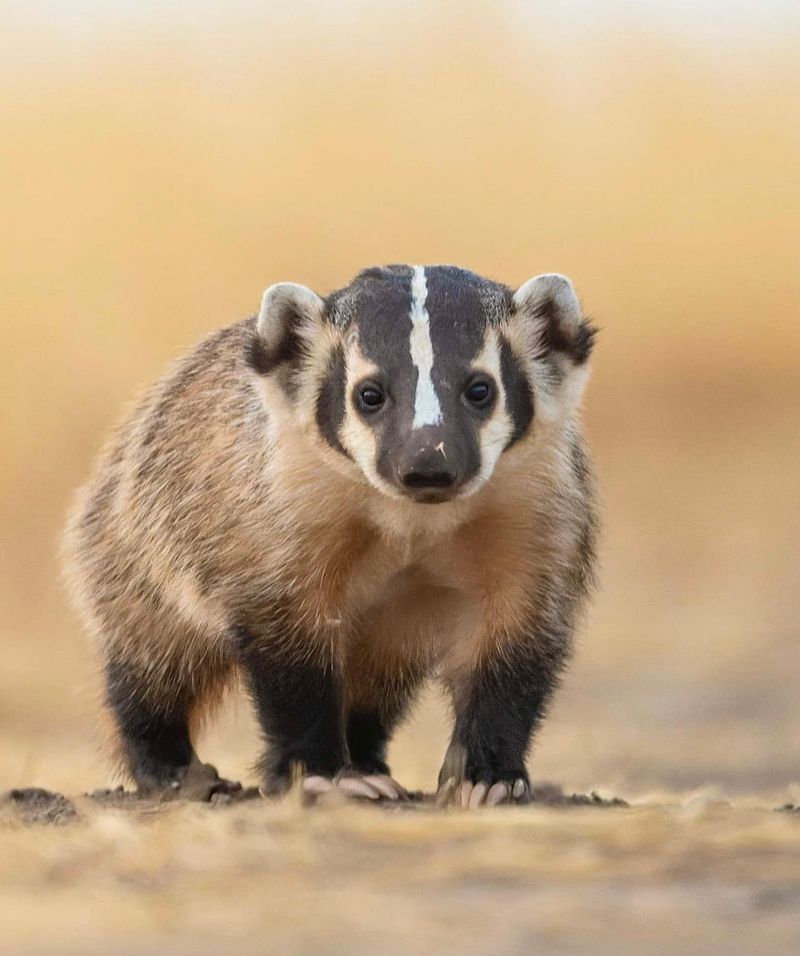
Badgers, particularly the European species, are sometimes misidentified as raccoons. Their masked faces and stocky build lead to this confusion, although they are more commonly found across Europe and parts of Asia.
These burrowing animals are known for their strong digging abilities and social structures, often living in communal burrows called setts. Unlike raccoons, which are more solitary or form loose family groups, badgers are highly social.
Their diet consists mainly of earthworms and insects, differing from raccoons’ omnivorous diet. These differences in lifestyle and habitat help distinguish badgers from their North American counterparts.
9. Tasmanian Devil
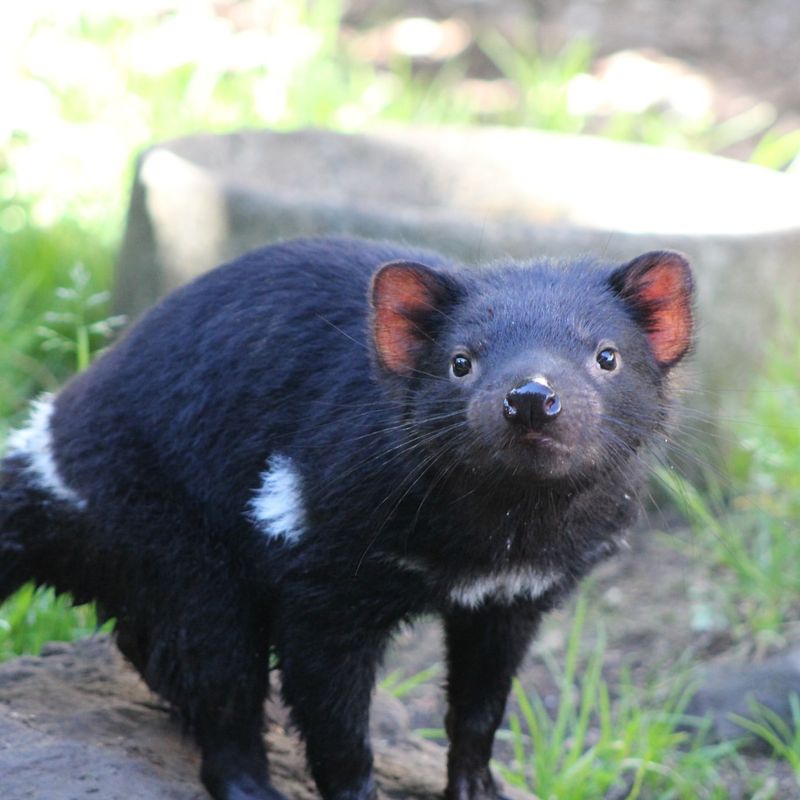
Despite their fierce reputation, Tasmanian Devils are sometimes mistaken for raccoons due to their size and dark fur.
Native to Tasmania, these carnivorous marsupials have distinct facial features that set them apart. Unlike raccoons, which are omnivorous and scavengers, Tasmanian Devils are active hunters and scavengers, feeding mostly on small mammals and birds.
Their social behavior is also different; they are solitary but will gather to feed. Their harsh vocalizations and competitive feeding habits make them unique among marsupials, clearly distinguishing them from more peaceful raccoons.
10. Tanuki
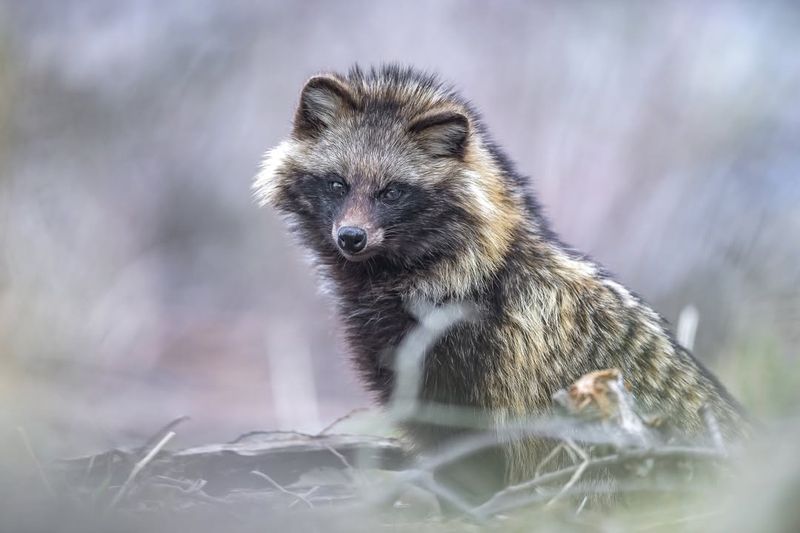
Tanukis, or raccoon dogs, are native to East Asia and often mistaken for raccoons due to their facial markings and general appearance.
Despite their name, they are more closely related to foxes. These animals are unique in their ability to adapt to varied environments, from forests to urban areas. Their diet is omnivorous, similar to raccoons, but they exhibit different social behaviors.
These animals are known for their folklore significance in Japan, often depicted as mischievous and shape-shifting creatures. Their cultural symbolism and adaptive nature set them apart from raccoons, making them fascinating creatures beyond their superficial similarities.

